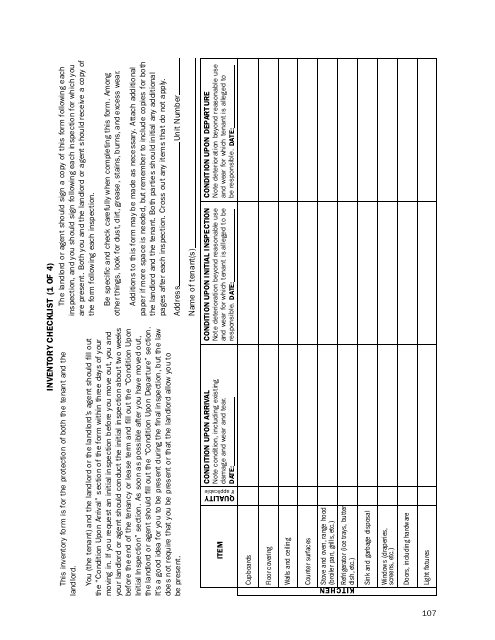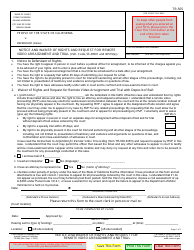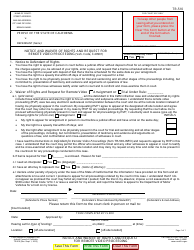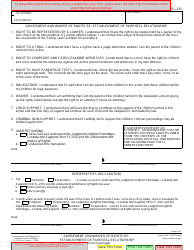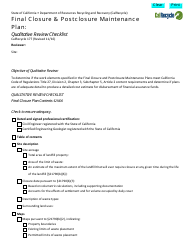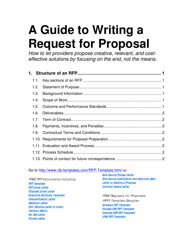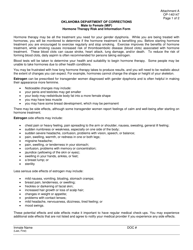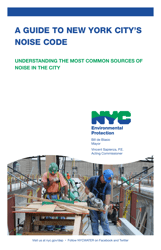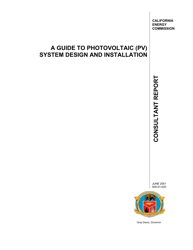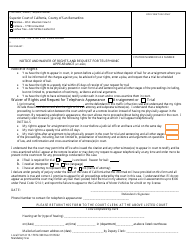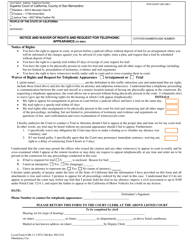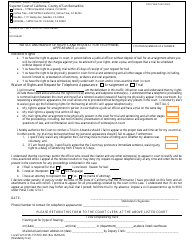California Tenants: a Guide to Residential Tenants' and Landlords' Rights and Responsibilities - Inventory Checklist - California
The California Tenants: a Guide to Residential Tenants' and Landlords' Rights and Responsibilities - Inventory Checklist - California is meant to be a guide for both tenants and landlords in California. It outlines the rights and responsibilities of both parties when it comes to residential tenancy and provides an inventory checklist for documenting the condition of the rental property.
The California Tenants: a Guide to Residential Tenants' and Landlords' Rights and Responsibilities - Inventory Checklist - California can be filed by tenants and landlords in California.
FAQ
Q: What is the purpose of the California Tenants Guide?
A: The California Tenants Guide provides information about the rights and responsibilities of residential tenants and landlords in California.
Q: What is an inventory checklist?
A: An inventory checklist is a document used to record the condition of a rental unit before a tenant moves in and after they move out.
Q: Why is an inventory checklist important?
A: An inventory checklist is important because it can help protect the tenant from being charged for damages they didn't cause, and it can help the landlord document the condition of the rental unit.
Q: When should an inventory checklist be completed?
A: An inventory checklist should be completed before a tenant moves into a rental unit and after they move out.
Q: What should be included in an inventory checklist?
A: An inventory checklist should include a detailed description of the condition of each room and item in the rental unit, including any existing damage or wear and tear.
Q: Who is responsible for completing the inventory checklist?
A: Both the tenant and the landlord are responsible for completing the inventory checklist.
Q: What happens if there is a disagreement about the condition of the rental unit?
A: If there is a disagreement about the condition of the rental unit, the inventory checklist can be used as evidence during any disputes or legal proceedings.
Q: Can the landlord charge the tenant for damages that were already there when they moved in?
A: No, the landlord cannot charge the tenant for damages that were already there when they moved in, unless the damages were caused by the tenant's actions.
Q: Can the tenant be charged for normal wear and tear?
A: No, the tenant cannot be charged for normal wear and tear, which is the expected deterioration of the rental unit over time.
Q: What should the tenant do if there are discrepancies between the move-in and move-out inventory checklist?
A: If there are discrepancies between the move-in and move-out inventory checklist, the tenant should notify the landlord in writing and request an inspection of the rental unit.
Q: Is an inventory checklist required by law in California?
A: No, an inventory checklist is not specifically required by law in California, but it is strongly recommended for both tenants and landlords.
